Casey Shea keeps making a difference
He will join the team at the Academy of Innovative Arts at El Molino in Forestville
In addition to Sebastopol Times, I am the publisher of Make: Magazine and the producer of Maker Faire. Out of that has grown a personal mission to improve our education system by engaging kids in hands-on learning and encouraging them to explore creative uses for technology. Over 15 years, I have worked with Casey Shea who was among the first to create opportunities for students to become makers and who has become a leader in maker education.
Last Friday at the Santa Rosa Junior College’s Innovation Center, the four-day-long Tinker Academy was wrapping up. The organizer, Casey Shea, greeted parents who came to see what their kids have been making. Each of the 24 kids, who ranged in age from 10 to 14, left Tinker Academy with a silly-looking robot that they had built from laser-cut and 3D-printed parts and which had a Micro:bit as its brain.
Shea, who works for the Sonoma County Office of Education, put together Tinker Academy to give kids the opportunity to learn new tools and engage in making. His daughter Cori, who is a 4th-5th grade teacher at Oak Grove, worked with him. She told parents that their kids were awesome and that working with them was the favorite thing she will do for her summer. Gary Jordan, a retired middle school teacher, also helped out. The SRJC made the new Innovation Center available.
Nick Melanson who manages the makerspace at the Innovation Center helped to keep the 3D printers running for student work.
One woman said her son didn’t know about any of this and he loved it. “Basketball is the only thing he’s loved doing until now,” she said. “Now he’s talking about being a biochemist!” She shook her head in disbelief. I asked three girls who were working on their robot if this was something they had ever done before and each of them said no. “We really like it,” said one of them. I listened to the kids talking to their parents, and they said how much fun they had, and you could see how proud they were of what they made.
Shea was excited about a new software program he found that the kids used to create designs such as quotes that could be laser-cut.
Making Wellness
Juliana Flynn from SCOE was also at Tinker Academy helping out. She collaborated with Casey on a program called Making Wellness that was offered at Amarosa Academy in Santa Rosa, which offers alternative education for teens. Flynn, Shea and Bandar AL-Omaira set out to meet the needs of alternative ed students by blending together mental health, Maker education, and work-based learning. The goal was to reduce the stigma of mental health and encourage students (almost all male) to be able to talk about depression and anxiety and realize that they can ask for help. Making things provides a context for them experiment, share and talk with their peers.
I attended their year-end celebration in June — it was a completely different context than Tinker Academy yet making was at its core. The Making Wellness class has been funded by Kaiser Permanente for the past two years “with the goal of increasing protective factors for youth situated farthest from opportunity,” said Flynn, who said was working to finish the grant application for their third year.
“We want the students to bring wellness into being by forming and shaping materials,” Flynn said at the exhibition. “Students are sharing what they made, showing their pride of accomplishment,” said Shea, explaining that the students were experiencing “maker empowerment.” One of the students said that he thought “making was the mental health part.” Cards with quotes from the students were on display.
Some of the Amarosa Academy students come and go through juvenile hall. Flynn hopes to be able to integrate Making Wellness programs more directly through juvenile hall in the future.
Project Make
Casey Shea and I go back about 15 years when we started Project Make, first at my Make: office at O’Reilly in 2011 and then back on campus at Analy High School. Shea was a math teacher who liked to do woodworking in his garage. I’ve always thought that because Shea taught remedial math that he was looking for new ways to reach kids who struggled in school. Indeed, in meeting those students in the first couple years of the class, Casey would tell me that one of the students who was doing so well in the class had terrible grades in other classes. Yet, we also had a few A students, and I recall one of them saying that “this is first time I’ve done anything creative in school.”
I saw Shea go above and beyond to make the Project Make class happen. His first problem was how to recruit students into the new elective class. He came up with the idea of building a T-shirt cannon that he took to Analy football games where he shot Project Make t-shirts into the stands.
Last May, I met Casey at Analy where the old building that housed Project Make was about to be demolished to make way for new buildings on campus. (The Project Make class continues in new portables on campus and will eventually be integrated into the new building that will feature advanced manufacturing courses.) Nonetheless, the old building held some memorabilia from Project Make, including laser-etched portraits of the class of 2015-2016.
Shea left Analy High School to work at the Sonoma County Office of Education to spread maker programs around the county. That’s where his work on Tinker Academy and Making Wellness got started. Casey has also led maker education workshops for teachers around the country.
Shea joins Academy of Innovative Arts
At a June board meeting for West Sonoma County High School Union District, Superintendent Chris Meredith shared the good news that the District and SCOE had made arrangements for Casey Shea to join the new high school that opens next month on the El Molino Campus. This is great news for the Academy of Innovative Arts. Casey will work with students as well as its two new teachers, Cole Smith and Liqa Moin.
This school will expand on what Project Make and other programs like Tinker Academy offer. However, instead of a course, making will be central to the educational experience for the students over four years. The Academy has a makerspace filled with tools and equipment as well as workbenches. Students will be able to work on hands-on projects, learn new technologies and practice solving problems in many different areas. More importantly, the school will help kids who struggle in school and who don’t get the opportunity to discover what they’re good at and what they love to do. Through rich, real-world learning experiences, the student can develop a mindset that allows them to innovate and adapt to an ever-changing future. The school is still accepting applications for its first freshman class.

Having Casey formally involved in the new school is like expanding on work he started quite a while ago. I’m looking forward to seeing what our students are able to do, while creating this new model public high school with Casey, Cole and Liqa and the District.


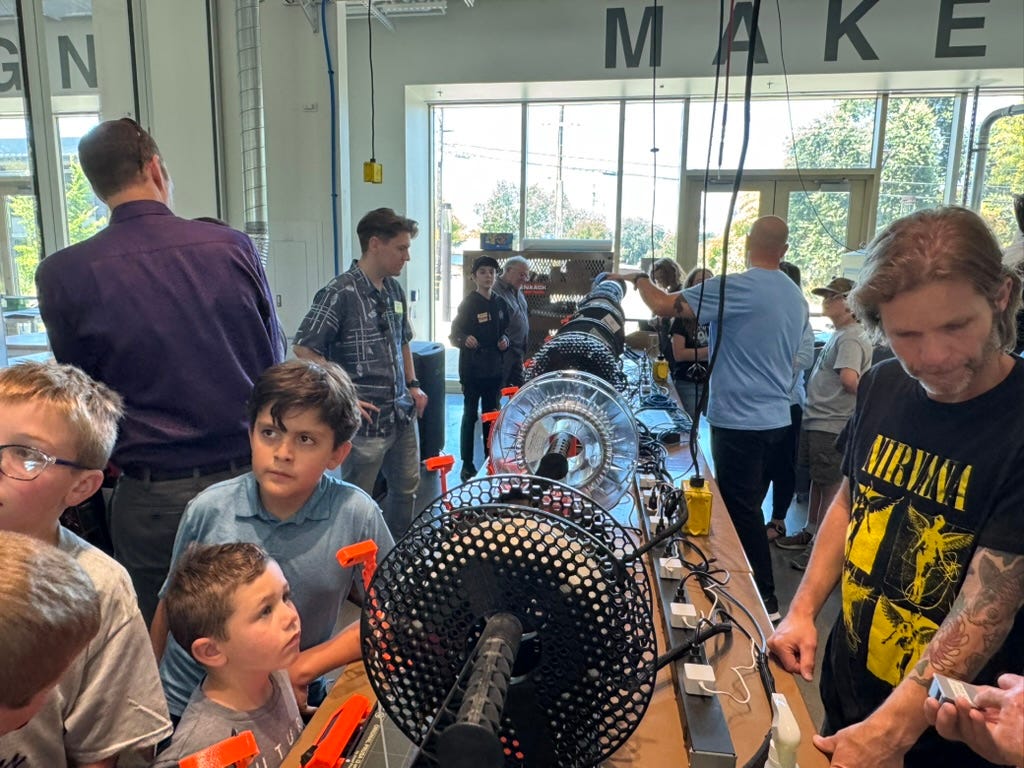
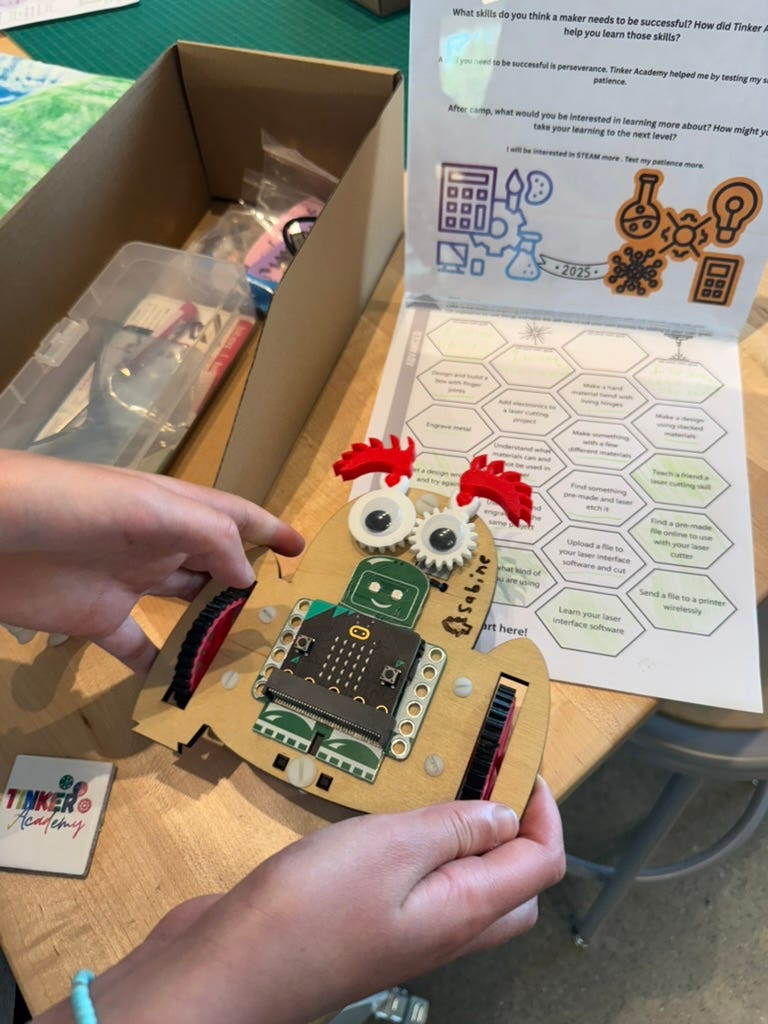
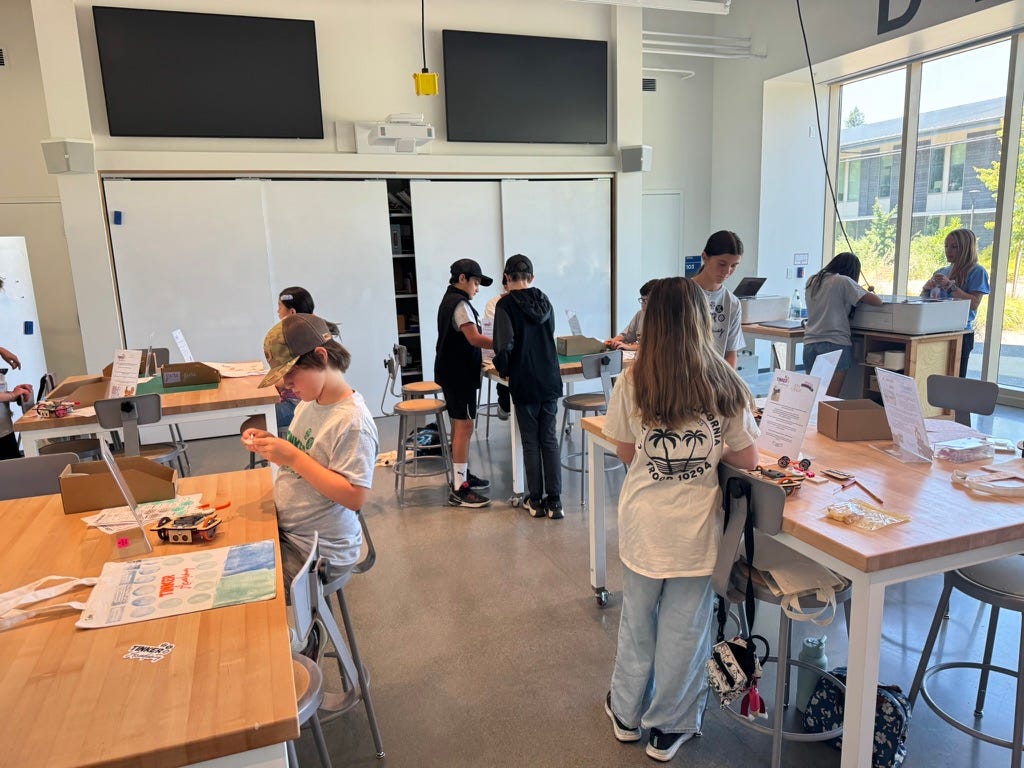
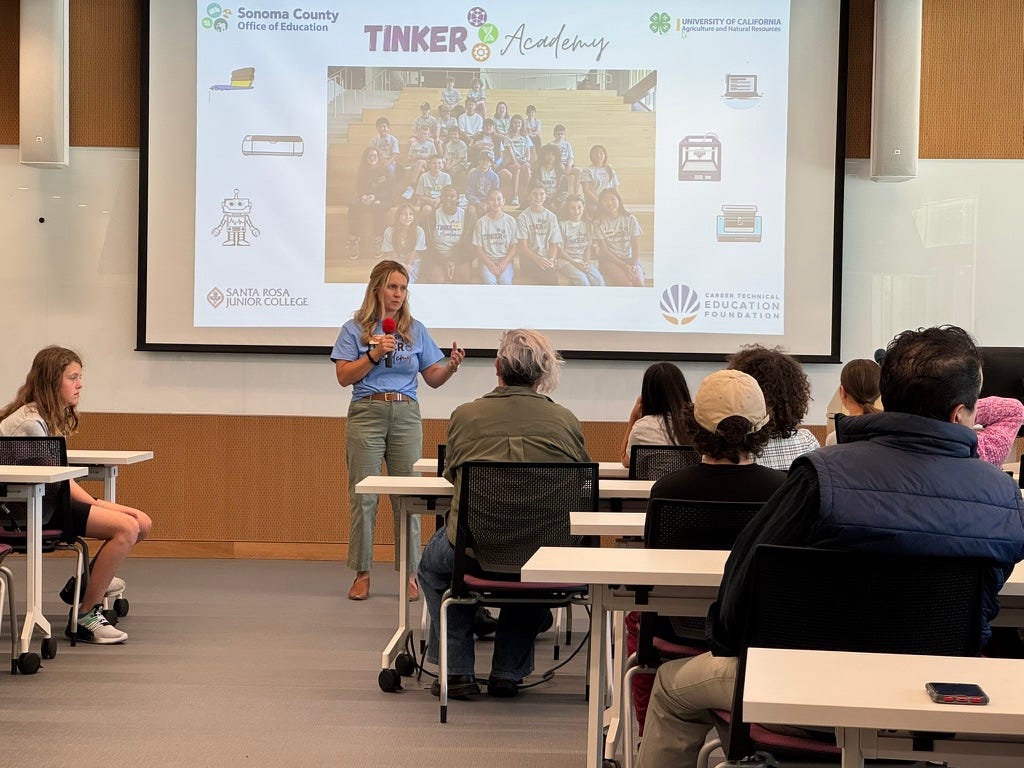
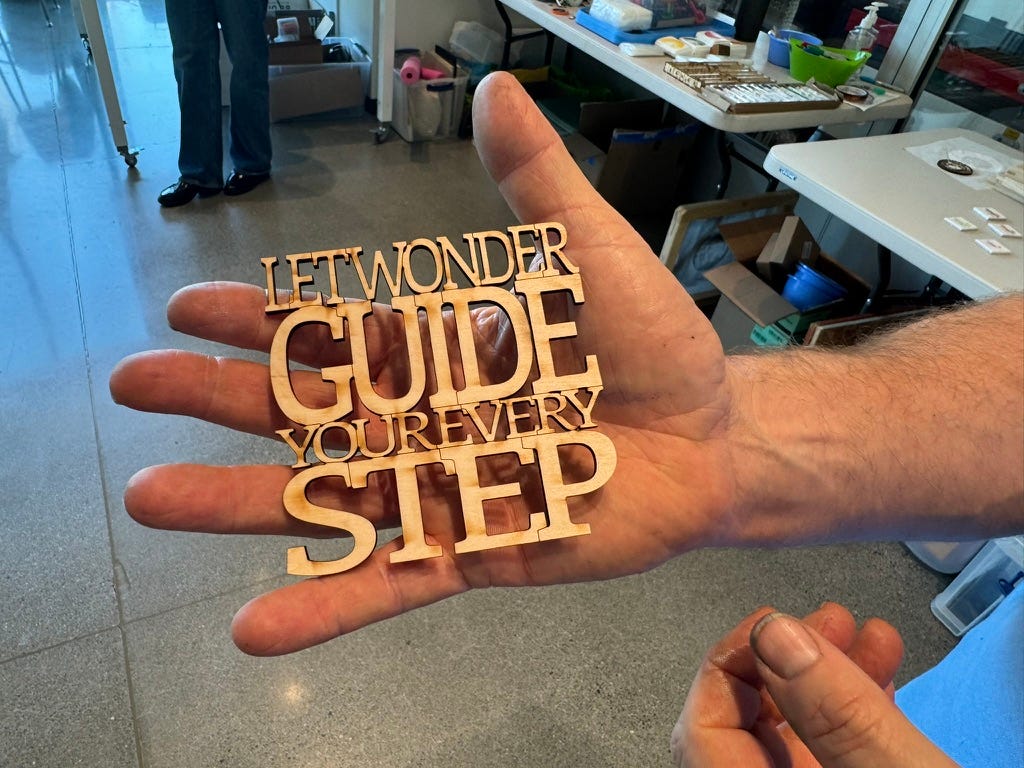
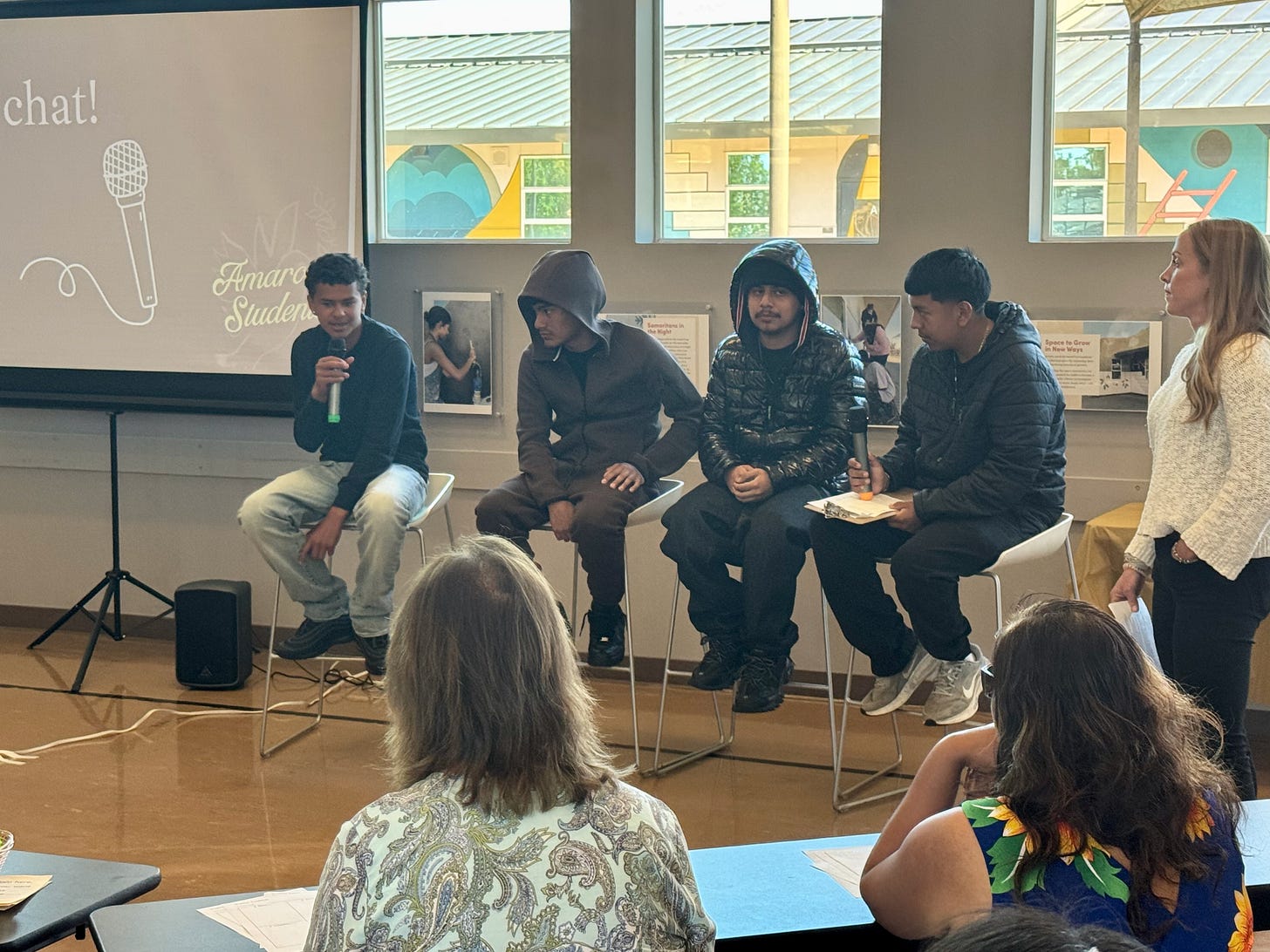
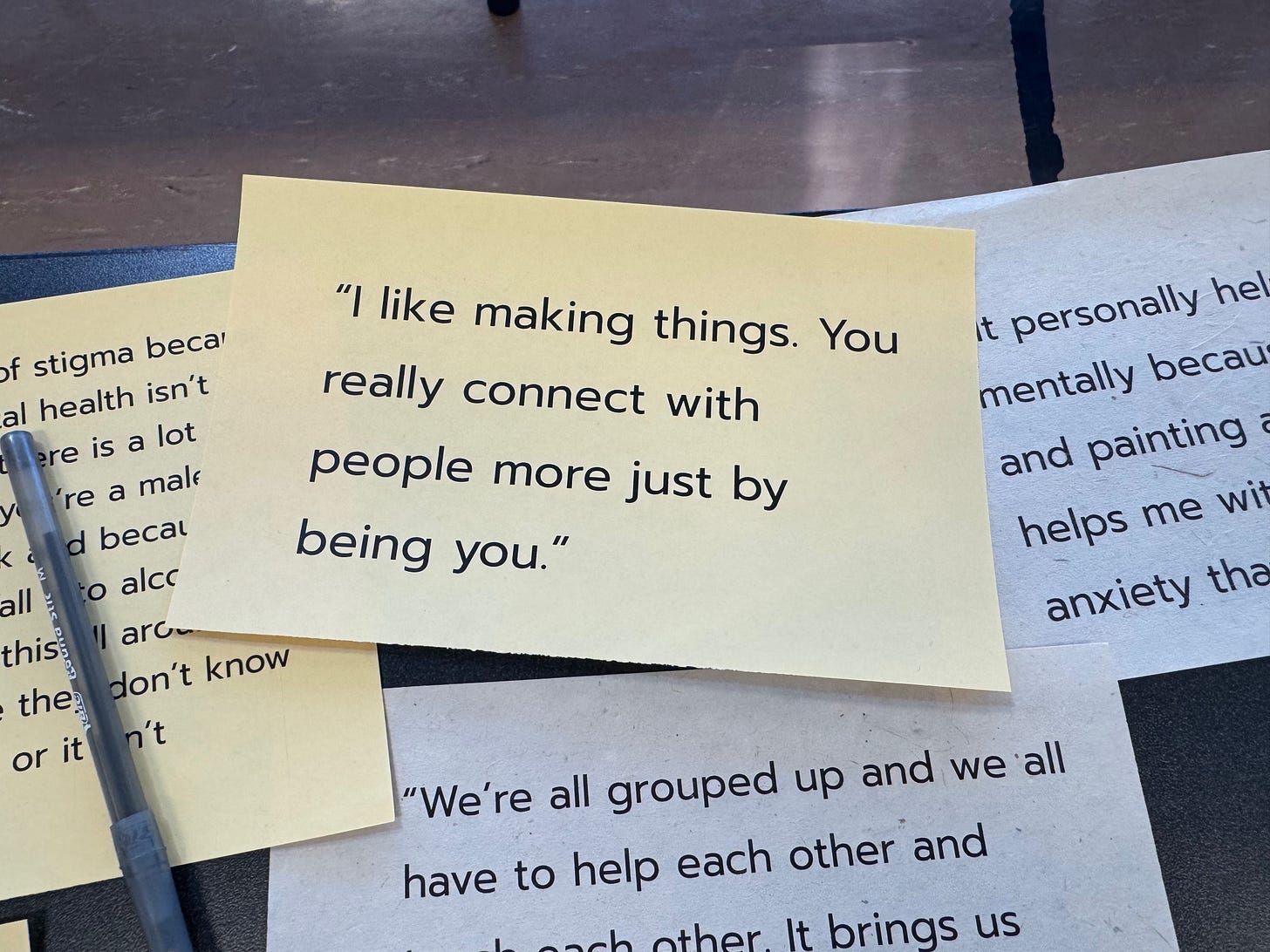
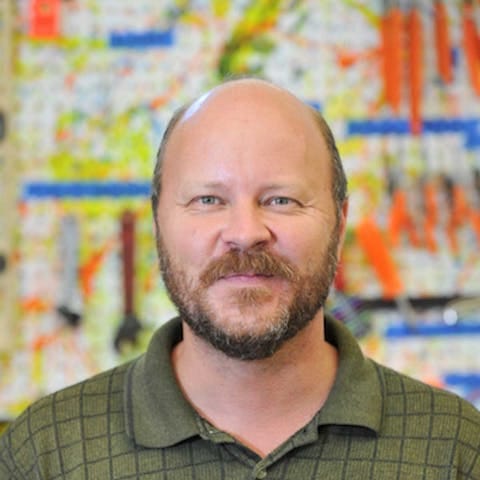
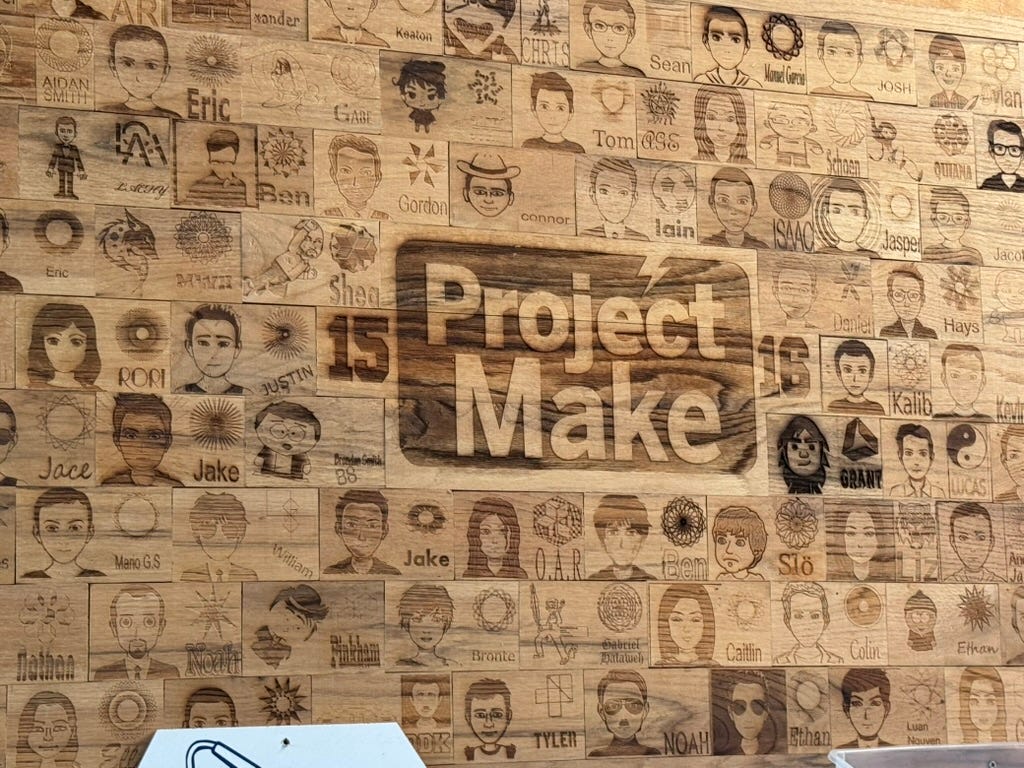
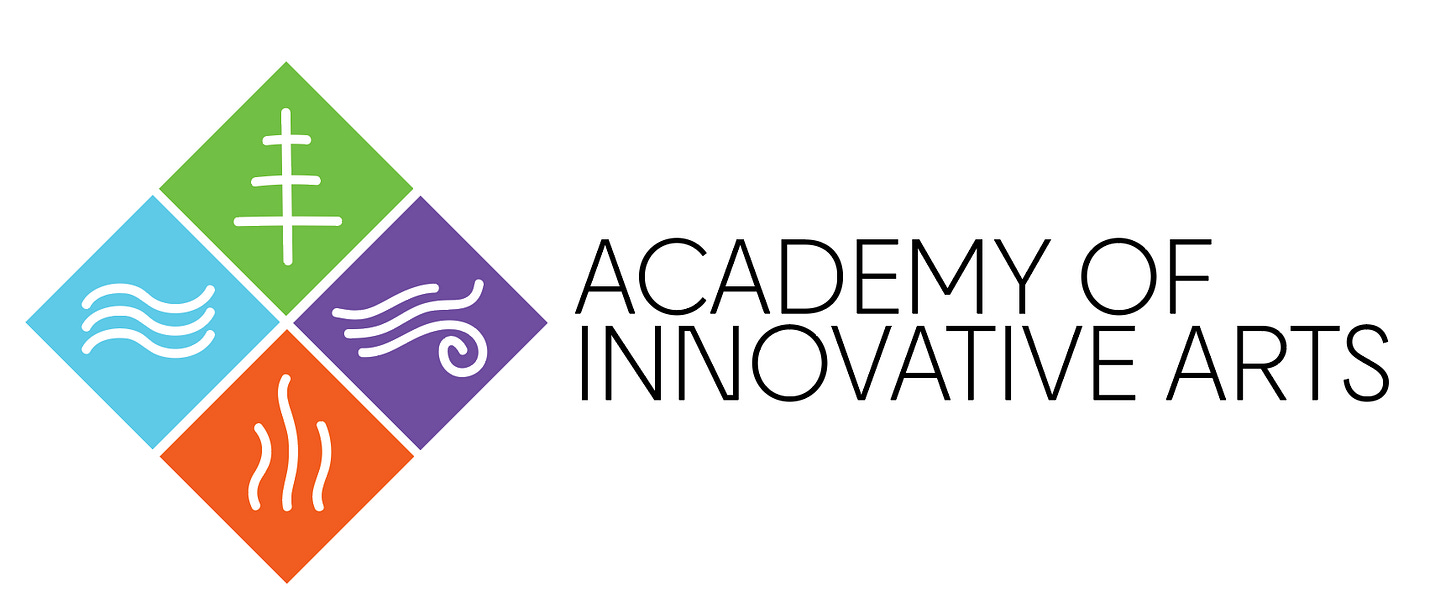
Amazing! This school is a wonderful alternative for so many kids that don't fit into the typical high school box. And to have a teacher of this caliber - just wow! Creativity based high school. I love it!
Fabulous! As an educator, this makes me smile all over!